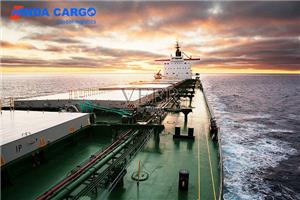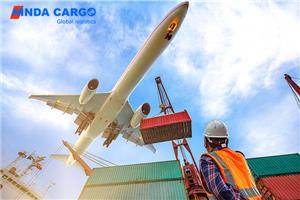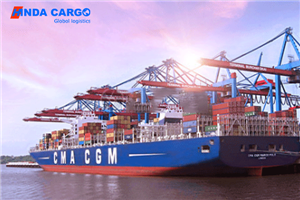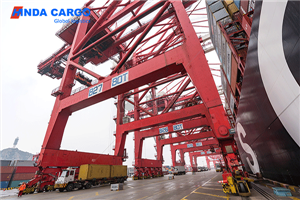What are the three types of freight?
In the era of globalization, logistics plays a vital role in business. Freight transportation is a core part of logistics and involves the process of moving goods from one place to another. Different freight methods have their own pros and cons and are suitable for different business needs. In this news article, we’ll look at the three main types of freight – air, ocean and trucking – and explore the features and benefits of each.
What are the three types of freight?
The three main types of freight are air freight, ocean freight, and trucking. Air freight is the fastest way to ship, sea freight takes longer, and trucking offers flexibility. Each method has its own characteristics and advantages, and plays different roles in different scenarios.
1. Air freight:
Air freight is the fastest way to ship goods and is suitable for time-sensitive shipments or high-value, low-volume items.
It enables fast shipping around the world, but at a higher cost.
2. Shipping:
Ocean freight is one of the most common modes of shipping and is suitable for large, heavy and bulky cargo.
Ocean freight costs less but takes longer to transport, so it is not suitable for time-critical shipments.
3. Trucking:
Trucking is one of the main modes of land transportation, suitable for domestic and cross-border freight.
It offers the flexibility to deliver direct shipments between locations and seamlessly integrates with other shipping modes.
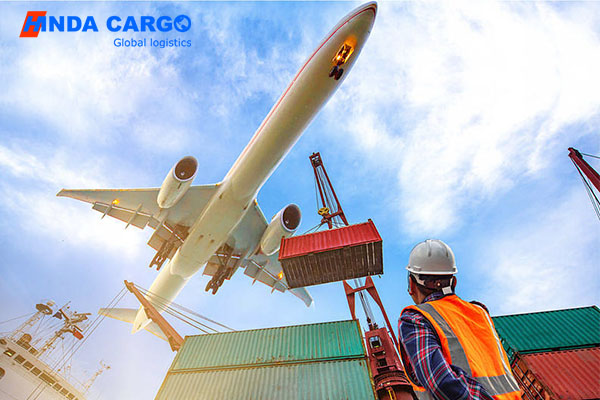
Which shipping method is best for your business?
Choosing the right shipping method is critical to the success of your business. Businesses need to make decisions based on factors such as cargo characteristics, cost, time and destination.
1. Select according to the characteristics of the goods:
Different types of goods are suitable for different freight methods. High-value, small-volume cargo is suitable for air transport, while large, heavy-duty cargo is suitable for sea transport.
For domestic freight, trucking is often the best option, especially for short distances.
2. Cost and time trade-off:
Air freight is more expensive but fast and suitable for urgent cargo.
Sea transportation costs are lower and is suitable for long-distance and large-volume goods, but it takes a long time.
Trucking offers a good balance between flexibility and cost for domestic freight.
3. Combine multiple methods:
In actual operations, many companies will combine multiple freight modes and use their advantages to optimize the logistics chain.
For example, combine ocean shipping with trucking to take advantage of the low cost of ocean shipping and the flexibility of trucking.

How to optimize freight strategy to improve business efficiency?
Optimizing freight strategies can improve business efficiency, reduce costs, and enhance corporate competitiveness. Here are some suggestions for optimizing your freight strategy:
1. Integrate the supply chain:
Work with multiple suppliers and transportation companies to integrate supply chains to increase efficiency and reduce costs.
Optimize transportation routes and plans to avoid unnecessary stops and delays.
2. Use technical means:
Use logistics software and technical means to improve freight management efficiency.
Track the location of goods in real time to ensure on-time delivery and handle abnormal situations in a timely manner.
3. Choose the right logistics partner:
Choose a reputable logistics company to ensure your goods arrive safely and on time.
Maintain close communication with logistics partners to jointly develop the optimal logistics plan.
4. Continuous improvement:
Regularly evaluate freight strategies and make adjustments based on business needs and market changes.
Introduce innovative technologies and processes to improve overall logistics efficiency.
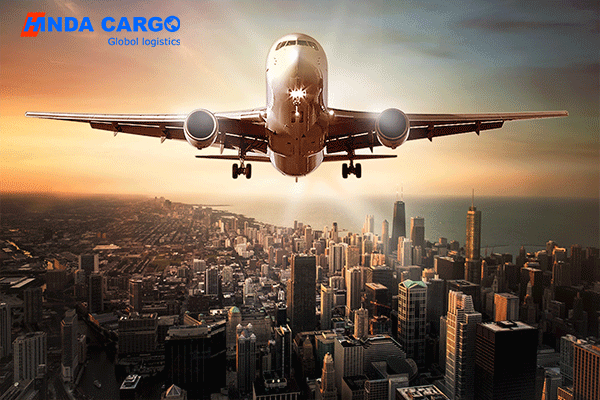
Summarize
By understanding the three main types of freight and choosing the appropriate freight method based on business needs, companies can improve logistics efficiency and reduce costs. On this basis, further optimizing freight strategies can help companies maintain their leading position in fierce market competition. With the development of technology and the progress of the logistics industry, enterprises need to continuously innovate and improve to adapt to changing market needs.

